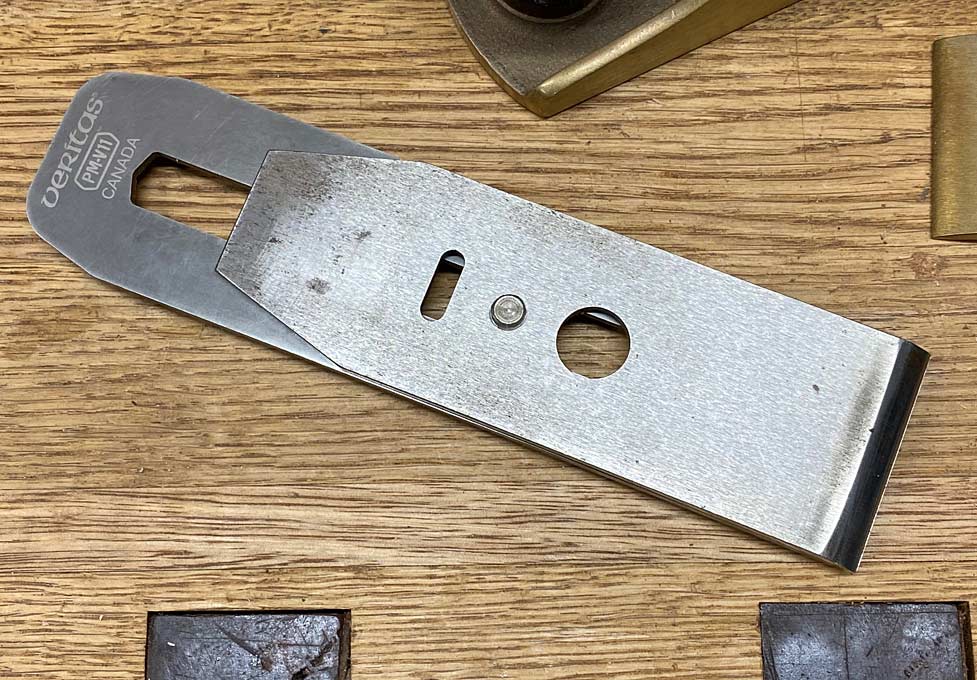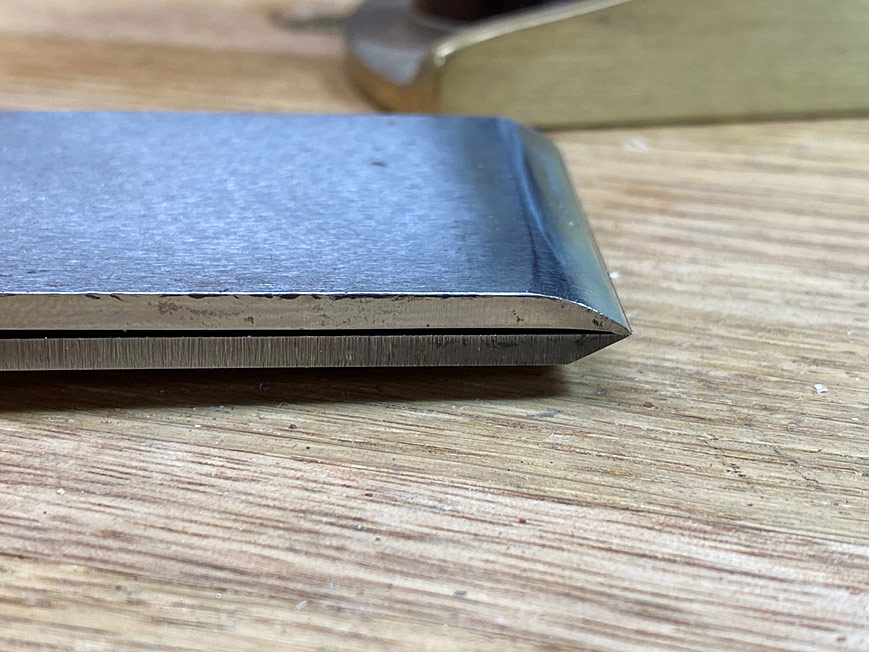Modifying the chip breaker does need a lot of care. Keeping the edge flush with the back of the blade all the way across is not easy. Old Bailey planes chip breakers are easier to tune in my experience.
Sometimes the chip breaker needs a little curve put back in like one of my Clifton’s.
405C4D58-904D-4EBB-967F-87D5A1710FF6.jpg
This simple fix cured the gap causing wood jamming between the blade and breaker. Tried to explain it to the manufacturer with no luck. The cause of this is partly due to breaker design.
Simply put: The breaker to blade edge gap determines the shaving thickness at very close settings. Once a certain gap is reached that relationship ends. Softer woods maintain the relationship longer than hard woods.
You need a gap large enough to actually do something or you will make very slow progress. A minuscule gap may be required for the hardest wood on the planet but that is not an every day occurrence. Experience will tell you what gap is efficient for different woods. The mouth opening influences the quality of the shaving, also up to a point. Changing the breaker gap does change the mouth opening influence.
You can do a lot with very little! You can do a little more with a lot!





 Reply With Quote
Reply With Quote
 Just enjoy the journey!
Just enjoy the journey!





